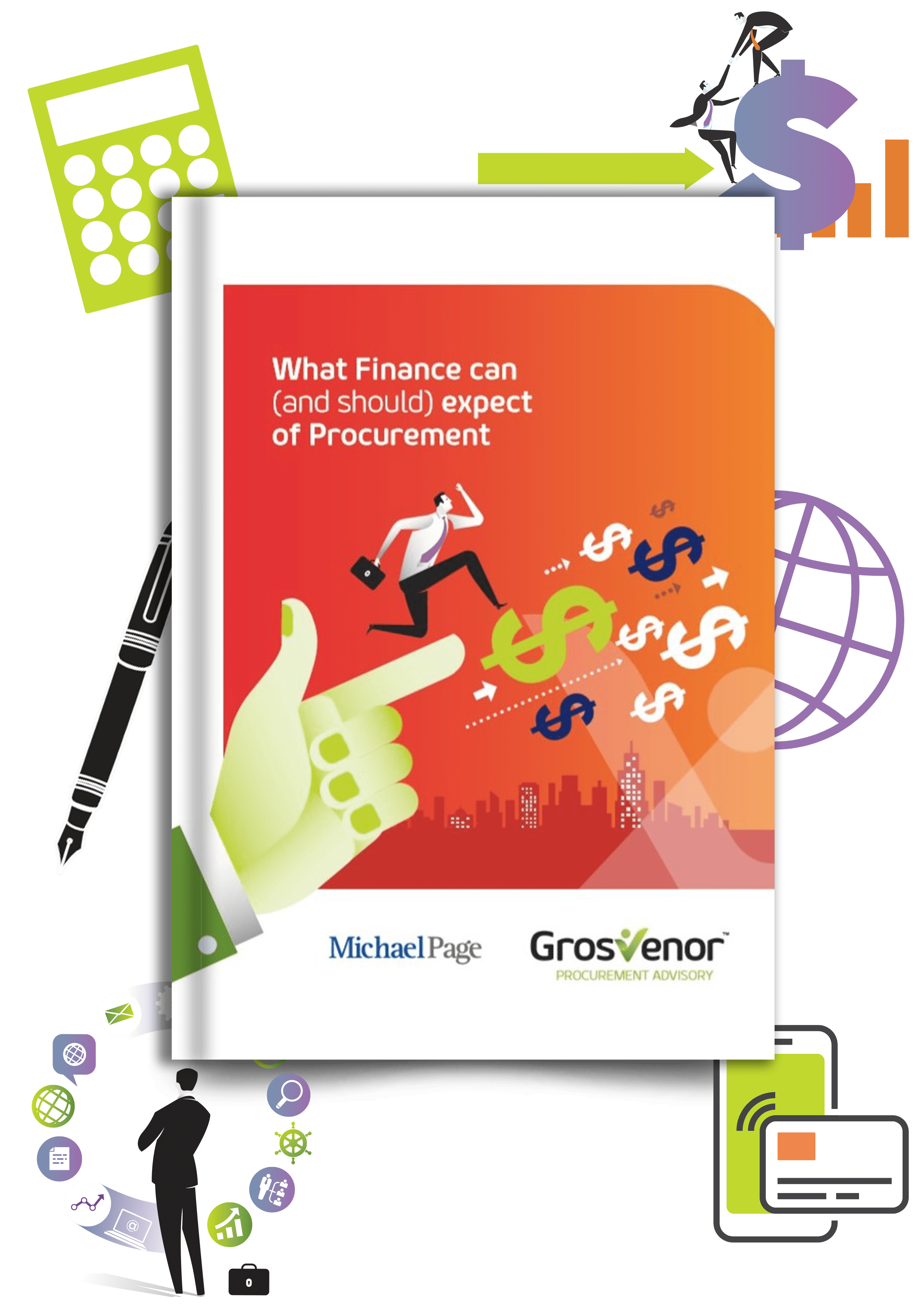What the heck is FinOps?

It starts with a flustered executive returning from the morning leadership meeting. Or maybe the banter of a few concerned individuals filing in the time before a meeting starts in earnest. “The Board is asking questions about the size of our cloud infrastructure bills.”
Then you get asked directly by your procurement team line manager “Can you build a quick report on the last 12 and 24-month infrastructure costs?”
This seems like an odd concern. Cloud infrastructure was the new wave. It was going to reduce the need for those insanely expensive data centre uplifts and refreshes that occurred every three or four years. Writing and justifying those business cases was always a bit of a nightmare, real finger-in-the-air stuff; either all the stakeholders agreed, or they didn’t, and getting consensus on how big, what was really required, how much contingency and overhead, then finding someone prepared to put their signature on it was a trick.
As a procurement professional, if you actually go and run that report, you may find the numbers and the spend growth surprising. You’ll probably find that someone’s been spending behind your back.
By the time this issue has arrived on a Board agenda, common responses can be very reactionary “turn it off” and “pause that project” are quite common. If the decisions were sound at the time, why the one-eighty turn now?
There are plenty of situations where businesses have moved their workloads to the cloud on the basis that it costs so little on day one – certainly compared to the capital investments required to fund a new data centre or server fleet – only to find the flexibility and power of variable operational spend bites in short order.
Every methodology or technique needs a snappy title. FinOps follows the well-trodden path that gave us monikers such as DevOps, Malware, Modem and (shudder) Infotainment. It’s a portmanteau of ‘Financial’ and ‘Operations’ indicating the combined application of these historically disparate business functions.
In the case of FinOps, this actually understates the situation a little. FinOps is more of a pent-manteau requiring the collaboration of practitioners from finance, procurement, engineering, product ownership and executive.
Enter FinOps, a suite of management disciplines and cultural practices that recognises cloud infrastructures’ double-edged variable spend model, must be acknowledged and actively harnessed.
The backbone of the FinOps point of view is expressed through the FinOps Lifecycle, which comprises of a series of Principles to guide action, Phases to support implementation and continuous improvement, and Capabilities that represent the new skills the business needs to develop to manage their cloud spend.
In a way that is very similar to the Agile[1] point of view, FinOps preferences individuals, interactions and collaboration practices and rituals over policies, processes and control structures. This can be quite confronting for a business, especially if you are trying to deal with spending that is out of control!
However, it has to be recognised by procurement professionals that a lot of our traditional tools and techniques for controlling spend weaken or break under the pressure of continuously fine-tuned business objectives and cloud costs calculated in fractions of a second.
The principles of FinOps are simple but clearly reframe the game:

In summary FinOps is a set of cultural practices for proactively managing dynamic spend incurred using cloud infrastructure. It aims to maximise the value of cloud infrastructure by aligning spend with defined business objectives. It requires organisational change to enable cross organisational collaboration and is driven by a central FinOps team but delegates financial decisions and accountability to users of the cloud infrastructure.
If you are looking for a partner to help you implement the framework and start managing your cloud spend, Grosvenor can help with organisational change, operating model design, governance and procurement consulting services to give you a helping hand.
[1] https://agilemanifesto.org
Written by Nicholas Leask









 We are all about sharing our expertise to help you and your organisation be the best it can be.
We are all about sharing our expertise to help you and your organisation be the best it can be.